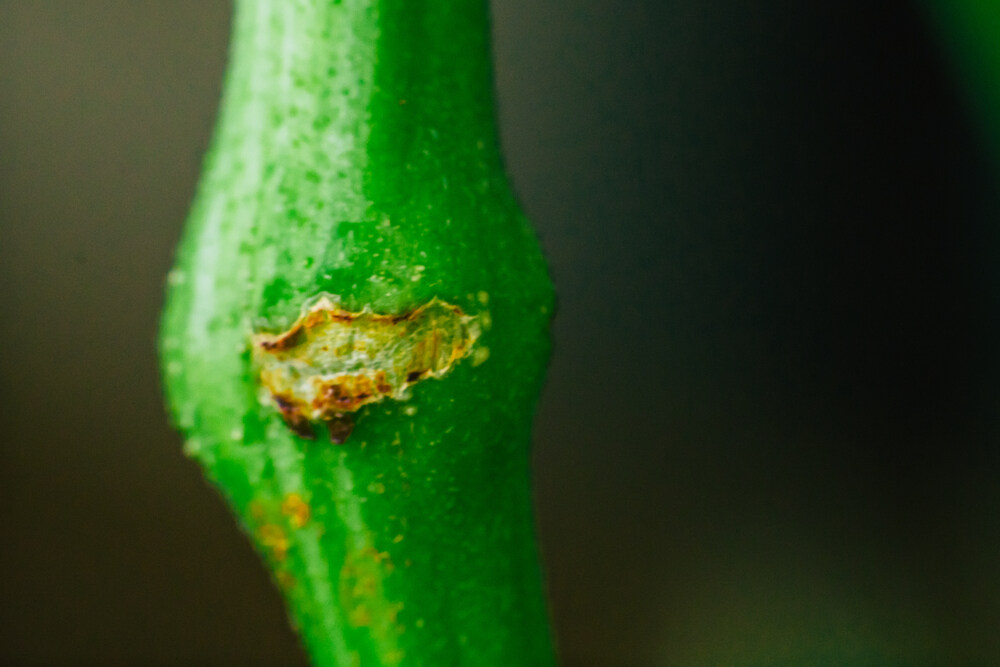The Best Fluffy Pancakes recipe you will fall in love with. Full of tips and tricks to help you make the best pancakes.

How to Super Crop Cannabis
Super cropping is one of those cannabis-growing techniques that sounds complicated, but once you get the hang of it, it’s a game-changer for anyone looking to maximize their plant’s potential. It’s all about gently stressing your weed so it bounces back even stronger. Let me walk you through the process step by step, so by the end of this guide, you’ll know exactly how to get those buds flourishing and increase your yield.
What is Super Cropping?
Super cropping is a form of high-stress training (HST) used by cannabis growers to improve yields and overall plant structure. Essentially, you’re bending the branches in a way that stresses the plant just enough to trigger a defense mechanism, which results in stronger, more productive plants.
Definition and purpose of super cropping
Super cropping is when you pinch, bend, and manipulate your plant’s branches to increase growth, potency, and yields. The idea is to gently stress the plant, encouraging it to become stronger and produce bigger buds.
Why super cropping is beneficial for cannabis plants
When you super crop, your cannabis plants respond by thickening their branches, making them more resilient to stress. Plus, it allows for better light penetration to lower parts of the plant, meaning more buds—and often, more resin—can develop.
Benefits of Super Cropping Cannabis
There’s no doubt super cropping has a ton of benefits. It’s a solid method for anyone wanting to push their weed plants to their full potential.
Increased yield and plant strength
By super cropping, you’re encouraging your plants to redirect energy into the parts that matter most—like bigger buds. And since the branches get stronger, they can hold up larger flowers without snapping, resulting in a higher yield.
Enhanced light exposure for lower buds
Bending the branches opens up your plant, allowing light to reach spots that would usually stay in the shade. More light means more growth, and that means more buds and better resin production in places that would otherwise be wasted.
Improved resilience to stress
Super cropping teaches your plants to handle stress better, making them more robust against other forms of stress like wind or heavy buds. It’s like giving your plant a workout—it’ll get tougher as it recovers.
When to Super Crop Cannabis

Timing is everything when it comes to super cropping. Too early or too late, and you could end up doing more harm than good.
Identifying the right stage in the growth cycle
You want to super crop your plants during the vegetative stage when they’re strong enough to recover but not yet focused on flowering. This is usually when they’ve grown a few sets of leaves and are at least a few weeks old.
Best time during vegetative growth
The sweet spot for super cropping is in the middle of the vegetative stage, around 3-4 weeks in. This way, the plant still has plenty of time to heal and get strong before it starts producing flowers.
Avoiding super cropping during the flowering stage
Once your plants start flowering, it’s time to stop with the super cropping. Stressing your plants while they’re focusing on bud production can stunt their growth and even reduce yields.
How to Super Crop Cannabis: Step-by-Step Guide
Alright, now that you know when to do it, let’s break down exactly how to super crop. Don’t worry, it’s not as scary as it sounds!
Tools and materials needed
You don’t need much for super cropping, just your fingers and a bit of patience. Some growers use gardening tape or ties to support the branches afterward, but it’s optional.
Selecting the right branches to super crop
Focus on the taller, more dominant branches. These are usually the ones that are hogging all the light. By bending them, you’ll let the lower branches catch up, creating a more even canopy.
The pinching and bending technique
Gently pinch the branch between your fingers until you feel it soften, then slowly bend it at a 90-degree angle. You don’t want to break the skin—just enough to make it droop. If you hear a snap, don’t panic; just tape it up and it should recover.
Supporting branches after super cropping
If a branch looks like it might struggle to hold itself up after bending, you can use a bit of garden tape or string to support it. This prevents any accidental breakage while it heals.
Monitoring recovery after super cropping
Keep an eye on your plants over the next few days. The bent branches should start to heal and grow back stronger. If you see any signs of stress, like wilting or discoloration, give your plant a little more time to recover.
Mistakes to Avoid When Super Cropping
Super cropping isn’t foolproof, but avoiding these common mistakes will make the process smoother.
Over-stressing plants
The key is to bend, not break. If you’re too rough with your plants, you might end up doing more harm than good. Take it slow and be gentle with those branches.
Super cropping too late in the growth cycle
Don’t wait until your plant starts flowering to start super cropping. At that point, the plant’s energy is all focused on bud production, and any added stress can slow things down.
Failing to support branches after super cropping
Sometimes those bent branches need a little help standing back up. If you don’t give them the support they need, they might snap under the weight of new growth.
What to Expect After Super Cropping
Once you’ve successfully super cropped your plants, you’ll notice some changes pretty quickly.
How plants recover and grow stronger
After a few days, the branches will heal up and start to grow even stronger. You’ll notice that the plant starts to produce thicker, more robust stems, which will be able to support bigger buds and yield more resin.
Monitoring for signs of stress or damage
Check in on your plants regularly after super cropping. If you see any drooping, yellowing leaves, or signs of stress, give your plant a little TLC—maybe some extra light or nutrients—to help it bounce back.
FAQ
What does super cropping do to cannabis plants?
Super cropping strengthens branches, improves light exposure, and boosts bud production by creating controlled stress.
How long does it take for a cannabis plant to recover after super cropping?
Recovery typically takes a few days to a week, with stronger growth following.
Can you super crop during the flowering stage?
No, it’s best to avoid super cropping once your plant starts flowering to prevent yield loss.
Is super cropping the same as topping?
No, super cropping bends branches, while topping removes the main growth point to encourage more colas.
How often should you super crop your cannabis plants?
Super cropping is usually done once or twice during the vegetative stage, depending on plant growth.
Super cropping might seem a little intimidating at first, but trust me, once you learn the technique, it’s an awesome way to boost your plant’s potential. By gently stressing your cannabis plants, you’re helping them grow stronger and produce bigger, denser buds. So go ahead, give it a try, and watch your plants flourish!
